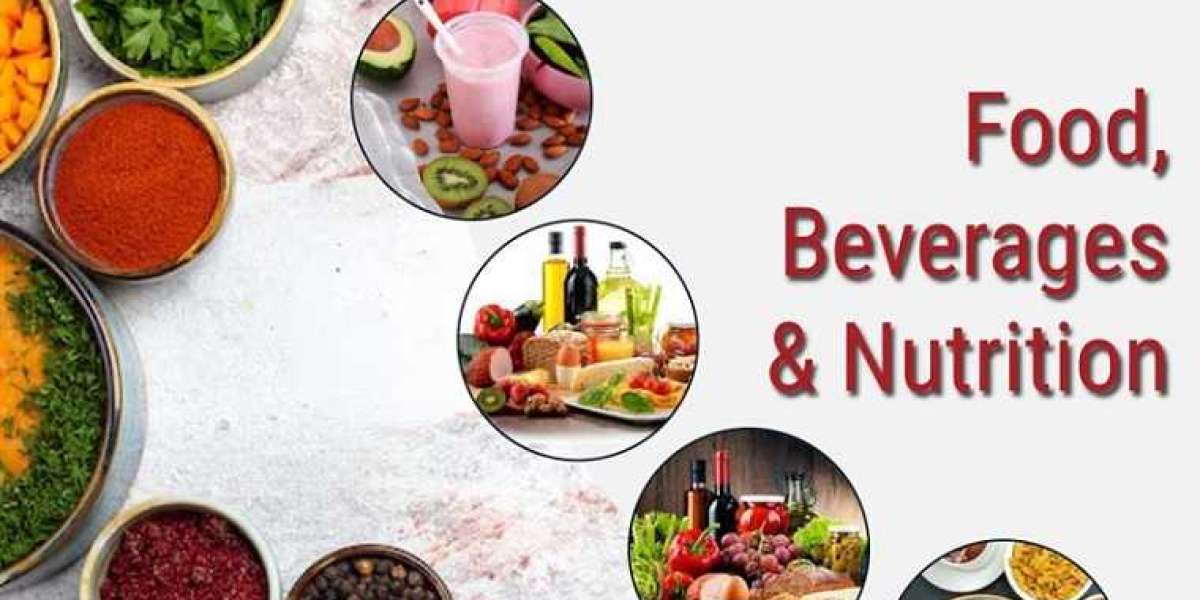The world of snacking is evolving rapidly—and one of the standout segments is extruded snacks. Extruded snacks are typically produced via extrusion‐processing of ingredients such as potato, rice, corn, wheat, mixed grain and others, to create puffs, curls, twists, sticks and other formats. According to MRFR, the global extruded snacks market was valued at approximately USD 44.3 billion in 2022, and is projected to grow to around USD 72.0 billion by 2030, representing a CAGR of approximately 7.20%.
What’s fueling this growth?
Convenience and on-the-go lifestyles: As urbanization increases and more consumers look for ready-to-eat, portable snack options, extruded snacks provide an ideal format. MRFR emphasises this trend.
Savoury snack dominance: The report notes that the savoury segment (versus sweet) dominates the extruded snack type segmentation because of broader consumption occasions.
Health innovation push: While indulgence remains, consumer interest in healthier snack alternatives (whole-grain, reduced‐fat, clean‐label) is growing. MRFR highlights the increasing demand for better-for-you extruded snacks.
Emerging market momentum: Regions such as Asia-Pacific—led by India and China—are major growth engines thanks to rising disposable incomes, young populations, urbanisation and expanding snack culture. MRFR identifies Asia-Pacific as dominating share.
Key numbers and trends
Market size: ~USD 44.3 billion in 2022.
Forecast size: ~USD 72.0 billion by 2030.
CAGR (2023–2030) ~7.20%.
Dominant product type: savoury (versus sweet).
Key raw material source segment: wheat projected to dominate (due to nutritional advantages) in source segmentation.
Implications for manufacturers, brands and investors
Product development: There is opportunity to innovate snack formats that balance indulgence (taste, texture) with health (better ingredients, cleaner label).
Ingredients sourcing: Choice of raw materials (potato, wheat, corn, mixed grains) and production process (extrusion technique) will influence cost, texture, nutritional profile.
Regional strategy: While mature markets remain important (North America, Europe), high-growth opportunity lies in emerging markets—brands should tailor to local tastes, pack sizes, pricing.
Channel packaging strategy: Packaging formats (single serve, multipack, on-the-go pouches) and distribution channels (traditional retail + online) are critical to reach modern snack consumers.
Innovation edge: Flavour innovation, novel textures, better nutritional profiles and clean ingredient lists will be major differentiators in the crowded extruded snack space.
In summary
The extruded snacks market is clearly in a growth phase. With modern snacking habits, health awareness and the global reach of ready-to-eat formats, this category is primed for expansion. However, growth alone won’t guarantee success—brands and manufacturers who adapt product, ingredient, packaging, channel and regional strategy stand to reap the reward. If you’re in the snack business, it’s crunch time.













